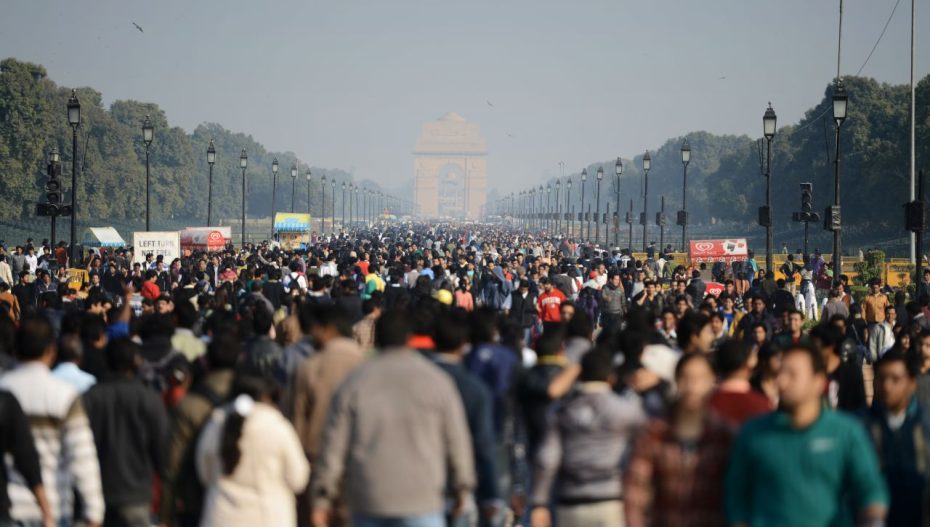Population Foundation of India, an NGO has said that contrary to the popular assumption, the the decadal growth rate for Muslims has decreased from 32. 9 per cent in 1981-1991 to 24. 6 per cent in 2001-2011. More significantly, the decline is more pronounced than among Hindus, where growth rate fell from 22. 7 to 16. 8 per cent over the same period, the NGO said. It is pertinent to note that the census data is available from 1951 to 2011. The decadal exercise of census in India was not conducted in 2021for the first time since it’s inception in 1881.
The Report gains significance after the publication of a recent working paper compiled by the Economic Advisory Council to the Prime Minister (EAC-PM) wherin the fact that the share of the Hindu population decreased by 7. 82 per cent between 1950 and 2015 in India, while that of Muslims increased by 43. 15 per cent became an inadvertant highlight. All political parties started to interpret the data through their ideoplogical prism.
The organisation also noted thet TFR ( Total Fertility Rate) is declining among all religious groups. The highest decrease in the TFR, 1%, was noted among Muslims during period from 2005-06 to 2019-21. The decline in the parameter among Hindus was at 0. 7 percentage point. In fact, the decadal growth rate for Muslims has been declining over the past three decades.
Poonam Muttreja, executive director, Population Foundation of India emphasised that fertility rates are not directly linked to religion but more closely linked to education and income levels.She termed media’s selective portrayal of data to highlight the increase in the Muslim population as an example of misrepresentation at the cost of ignoring broader demographic trends.
The NGO, which promotes and advocates for the effective formulation and implementation of gender-sensitive population, health and development strategies and policies, said such interpretations are not only inaccurate but also misleading and baseless. When a debate is raging over the increase in the population of minorities in India, the observation by the NGO presents the whole issue in different persective.
Showing the way forward, the NGO pointed out that higher levels of female education, greater employment opportunities and better access to contraceptive choices in Muslim-majority countries like Bangladesh and Indonesia have resulted in lower birth rates compared to India. Even within India, states with better access to education, healthcare and socio-economic development, such as Kerala and Tamil Nadu, have lower TFRs across all religious groups. Interestingly, the TFR among Muslim women in Kerala is lower than the TFR among Hindu women in Bihar.










